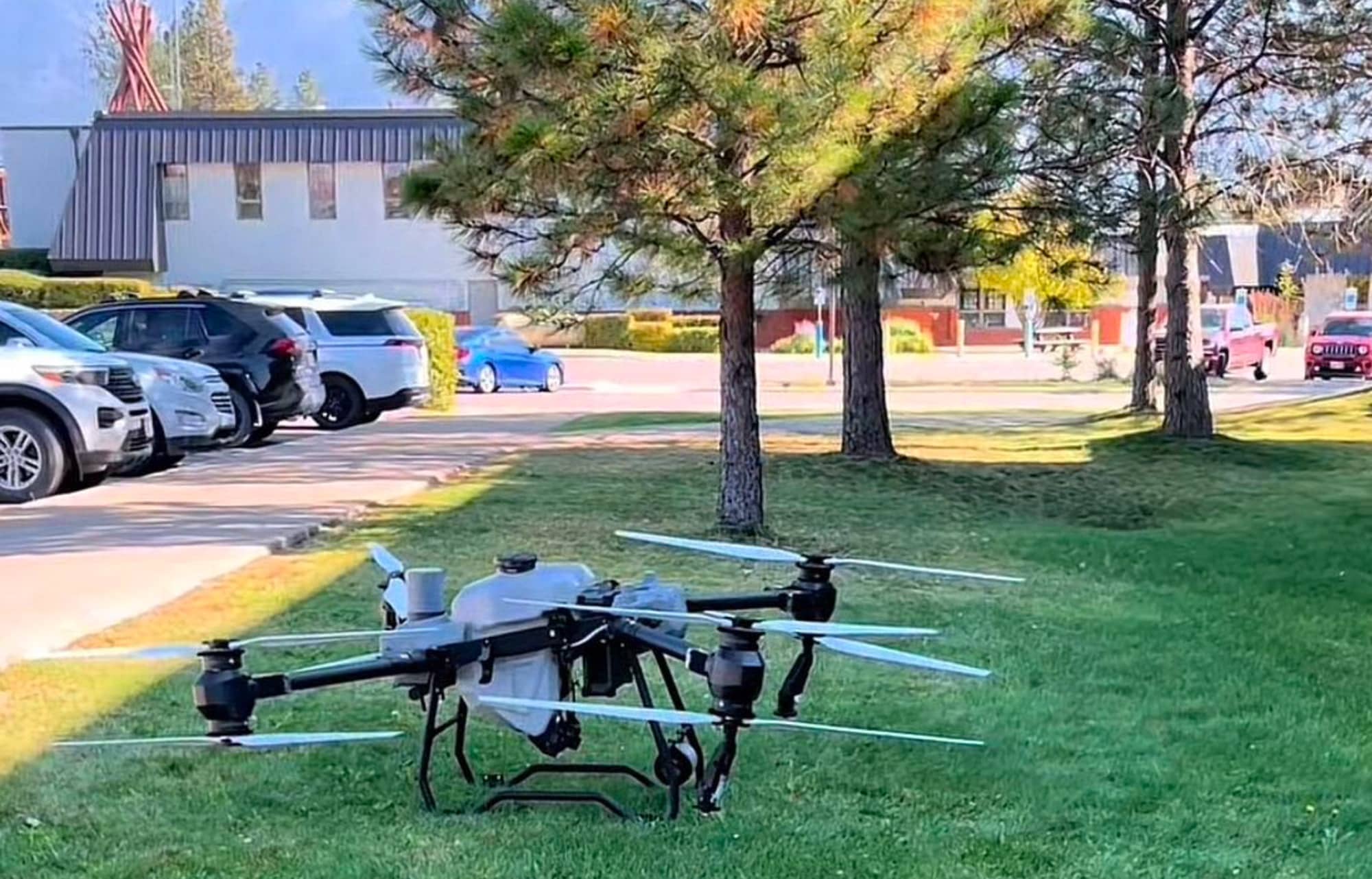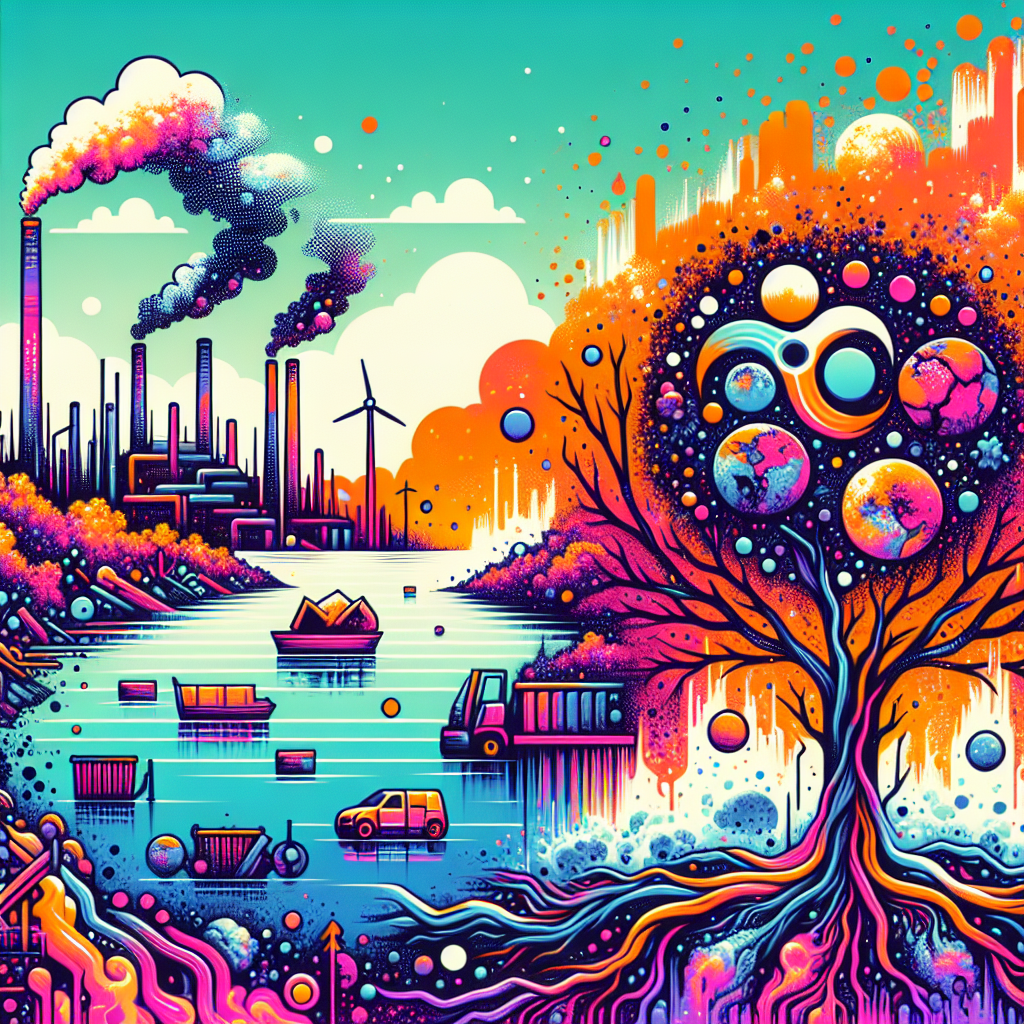Okay, here is a journalistic article of approximately 1200 words in English, focusing on environmental degradation on tribal lands.
Sacred Lands, Poisoned Earth: The Unfolding Crisis of Environmental Degradation on Tribal Territories
By
From the sun-baked deserts of the American Southwest to the dense, emerald canopies of the Amazon, indigenous lands across the globe are on the front lines of environmental degradation. These territories, often rich in natural resources and biodiversity, have for centuries been targeted for exploitation, leaving a legacy of contaminated landscapes, fractured ecosystems, and profound human suffering. What unfolds on these ancestral lands is not merely an environmental crisis, but a deeply rooted issue of human rights, cultural survival, and environmental justice.
The story of environmental degradation on tribal lands is a complex tapestry woven with threads of colonialism, economic disparity, and a fundamental disrespect for indigenous sovereignty and traditional ecological knowledge. For many indigenous peoples, the land is not merely property; it is a living entity, a sacred relative, the source of their identity, spirituality, and sustenance. When the land is poisoned, their very being is imperiled.

A Legacy of Resource Extraction and Broken Promises
The historical roots of this crisis stretch back to the era of colonization, when European powers carved up continents and claimed vast territories, often displacing or annihilating indigenous populations. This process was driven by a thirst for resources – timber, minerals, fertile land – which continued into the industrial age and persists today. Treaties, when they were made, were frequently broken, and indigenous lands were steadily diminished and fragmented, often relegated to areas deemed less desirable, until valuable resources were discovered beneath them.
Consider the tragic example of the Navajo Nation, spanning parts of Arizona, New Mexico, and Utah. For decades, from the 1940s to the 1980s, their lands were heavily mined for uranium, fueling the Cold War arms race and the nascent nuclear power industry. Over 500 abandoned uranium mines scar the Navajo landscape, leaking radioactive waste into waterways and contaminating the very air. According to the U.S. Environmental Protection Agency (EPA), many of these sites remain uncleaned, posing severe health risks.
"Our grandmothers and grandfathers worked in those mines, breathing in the dust," recounts Sarah Nez, a Navajo elder whose family has lived near Shiprock, New Mexico, for generations. "They were told it was safe. Now, so many of us have cancer, kidney disease. The land is sick, and we are sick with it. Our sheep, our corn, our water – everything is touched by this poison." This sentiment is echoed in countless communities where resource extraction has taken precedence over human and environmental health. Studies have consistently shown elevated rates of cancer, birth defects, and respiratory illnesses among indigenous populations living near these contaminated sites.
The Fossil Fuel Frontier: From Pipelines to Pollution
Beyond uranium, the relentless global demand for fossil fuels has placed immense pressure on tribal lands. Indigenous territories often sit atop vast reserves of oil, natural gas, and coal, making them prime targets for extractive industries. The construction of pipelines, drilling operations, and hydraulic fracturing (fracking) brings with it the risk of spills, air pollution, and massive water consumption in often arid regions.
Perhaps one of the most prominent examples in recent memory is the Standing Rock Sioux Tribe’s struggle against the Dakota Access Pipeline (DAPL) in North Dakota. In 2016, thousands of "water protectors" from tribes across North America and allies converged on the Standing Rock reservation to protest the pipeline’s route, which threatened their primary water source, the Missouri River, and sacred ancestral burial grounds. The rallying cry "Mni Wiconi" – Water is Life – became a global symbol of indigenous resistance to environmental injustice.
Though the pipeline was eventually completed, the protests brought unprecedented global attention to the vulnerability of tribal lands and the tenacity of indigenous sovereignty. "For us, protecting the water is protecting life itself," stated Standing Rock Sioux tribal chairman Mike Faith during the height of the protests. "This isn’t just about our tribe; it’s about the water for millions of people downstream. We are fighting for everyone’s future."
The impact of fossil fuel extraction extends beyond spills. Flaring from oil and gas wells releases toxic gases into the atmosphere, contributing to respiratory illnesses and climate change. Coal mining, particularly mountaintop removal, obliterates entire ecosystems and contaminates waterways with heavy metals. The consequences are disproportionately borne by indigenous communities who often lack the political and economic power to resist powerful corporations and government agencies.

Deforestation and the Amazon’s Guardians
The crisis is not confined to North America. In the Amazon basin, indigenous communities are the frontline defenders against rampant deforestation, illegal mining, and agricultural expansion. These territories, which comprise a significant portion of the remaining rainforest, are vital for global climate regulation and biodiversity. Yet, they face relentless pressure from logging companies, cattle ranchers, and illegal gold miners.
Research consistently shows that indigenous territories have significantly lower rates of deforestation than unprotected areas. A 2021 study by the Food and Agriculture Organization (FAO) and the Fund for the Development of Indigenous Peoples of Latin America and the Caribbean (FILAC) found that in the Amazon, deforestation rates were two to three times lower inside indigenous lands compared to outside. This highlights the effectiveness of indigenous stewardship, rooted in traditional ecological knowledge (TEK) that emphasizes sustainable resource management and a deep understanding of ecosystem dynamics.
However, these guardians are under siege. Illegal gold mining, particularly in countries like Brazil, Peru, and Ecuador, uses mercury to extract gold, poisoning rivers and forest ecosystems. The mercury bioaccumulates in the food chain, leading to severe neurological damage and other health problems for communities reliant on fish. Loggers clear vast tracts of land, destroying habitats and displacing uncontacted tribes. The murders of indigenous leaders and environmental defenders who stand in the way of these destructive activities are a grim testament to the high stakes involved.
Cultural Loss and the Erosion of Identity
The environmental degradation on tribal lands has ramifications far beyond the physical landscape. For indigenous peoples, culture, spirituality, and language are intrinsically linked to the land. Sacred sites are desecrated, traditional hunting and gathering practices become impossible due to contamination or habitat loss, and the intergenerational transfer of TEK is disrupted.
"When the salmon can no longer run upriver, when the berries are poisoned, a piece of us dies," explains Leilani, a Lummi Nation member from the Pacific Northwest, whose community fights to protect ancestral fishing grounds from industrial pollution. "Our ceremonies, our stories, our way of teaching our children – it all comes from the land and water. If they are sick, we are sick." This profound connection means that environmental destruction is also an act of cultural genocide, severing the ties that bind indigenous communities to their heritage and future.
The Path Forward: Sovereignty, Justice, and Traditional Knowledge
Addressing environmental degradation on tribal lands requires a multifaceted approach centered on justice, recognition, and empowerment.
-
Recognition of Sovereignty and Self-Determination: Indigenous nations must have the right to govern their own territories and make decisions about resource management, free from external coercion. This includes upholding the principle of Free, Prior, and Informed Consent (FPIC) for any development projects affecting their lands.
-
Environmental Justice: Past harms must be rectified through comprehensive clean-up efforts, restitution, and policies that prevent future injustices. This means holding corporations accountable and strengthening environmental regulations, especially on and near tribal lands.
-
Integration of Traditional Ecological Knowledge (TEK): Indigenous peoples possess invaluable knowledge about sustainable land management, biodiversity conservation, and climate adaptation. Integrating TEK into mainstream environmental policy and practice is not only a matter of respect but a pragmatic necessity for global ecological health. As the climate crisis intensifies, indigenous solutions offer pathways to resilience.
-
Strengthening Legal Protections and Enforcement: Laws designed to protect indigenous rights and environmental standards must be robustly enforced, and legal avenues for recourse must be accessible and effective.
The fight for environmental justice on tribal lands is a global movement, one that champions the rights of all people to live in a healthy environment. It is a reminder that our collective future depends on respecting the planet and those who have historically been its most diligent stewards. The poisoned earth of tribal territories serves as a stark warning, but also as an urgent call to action, demanding that we listen to the voices of indigenous peoples and stand in solidarity to protect our shared home. The health of these sacred lands, after all, is inextricably linked to the health of us all.


